

- RFQ
- BOM
-
Contact Us
Tel: +86-0755-83501315
Email: sales@sic-components.com
- Chinese
- English
- French
- German
- Portuguese
- Spanish
- Russian
- Japanese
- Korean
- Arabic
- Irish
- Greek
- Turkish
- Italian
- Danish
- Romanian
- Indonesian
- Czech
- Afrikaans
- Swedish
- Polish
- Basque
- Catalan
- Esperanto
- Hindi
- Lao
- Albanian
- Amharic
- Armenian
- Azerbaijani
- Belarusian
- Bengali
- Bosnian
- Bulgarian
- Cebuano
- Chichewa
- Corsican
- Croatian
- Dutch
- Estonian
- Filipino
- Finnish
- Frisian
- Galician
- Georgian
- Gujarati
- Haitian
- Hausa
- Hawaiian
- Hebrew
- Hmong
- Hungarian
- Icelandic
- Igbo
- Javanese
- Kannada
- Kazakh
- Khmer
- Kurdish
- Kyrgyz
- Latin
- Latvian
- Lithuanian
- Luxembou..
- Macedonian
- Malagasy
- Malay
- Malayalam
- Maltese
- Maori
- Marathi
- Mongolian
- Burmese
- Nepali
- Norwegian
- Pashto
- Persian
- Punjabi
- Serbian
- Sesotho
- Sinhala
- Slovak
- Slovenian
- Somali
- Samoan
- Scots Gaelic
- Shona
- Sindhi
- Sundanese
- Swahili
- Tajik
- Tamil
- Telugu
- Thai
- Ukrainian
- Urdu
- Uzbek
- Vietnamese
- Welsh
- Xhosa
- Yiddish
- Yoruba
- Zulu
- Kinyarwanda
- Tatar
- Oriya
- Turkmen
- Uyghur
IoT Sensors: A Comprehensive Guide
IoT sensors are the quiet workhorses of the connected world, the tiny eyes and ears that turn physical reality into digital data. They’re in your smart thermostat, tracking room temperature; in factory machines, monitoring vibration to predict breakdowns; even in soil, measuring moisture to tell farmers when to water crops. Without them, the Internet of Things would be little more than a concept—no data to analyze, no insights to act on.
Let’s start with what makes an IoT sensor tick. At its core, it’s a device that detects a physical or environmental change—like light, motion, temperature, or pressure—and converts that change into an electrical signal. That signal is then processed, often by a microcontroller, and sent over a network (Wi-Fi, Bluetooth, cellular, or low-power protocols like LoRaWAN) to a cloud platform or a local gateway. The magic isn’t just in the detection, though; it’s in how efficiently they do it, especially for battery-powered devices that need to last years without recharging.
Take temperature sensors, for example. The humble thermistor has been around for decades, but in IoT, it’s often replaced by more precise options like digital sensors (DS18B20 comes to mind) that output data over I2C or one-wire protocols, skipping the need for analog-to-digital converters. These are everywhere—refrigerators to prevent food spoilage, warehouses storing pharmaceuticals, even wearable fitness trackers monitoring body heat. They’re simple, cheap, and reliable, which is why they’re the backbone of so many IoT systems.
Motion sensors are another big player. Passive infrared (PIR) sensors, which detect heat signatures, are in security lights and smart home cameras—they’re why your porch light turns on when you walk up. Then there are accelerometers and gyroscopes, tiny MEMS (micro-electro-mechanical systems) devices that track movement and orientation. These are in everything from smartwatches counting steps to industrial equipment monitoring for unexpected vibrations that might signal a loose part. I’ve always been impressed by how sensitive these can be—some can detect a tilt of less than a degree, which is crucial for drones or robotics.
Environmental sensors are getting more attention these days, and for good reason. Air quality sensors measure particulate matter (PM2.5), volatile organic compounds (VOCs), or carbon dioxide levels, helping cities tackle pollution or offices ensure good ventilation. Soil moisture sensors, paired with weather data, let farmers water crops only when needed, saving resources. Even water quality sensors, which check for pH, dissolved oxygen, or contaminants, are being deployed in rivers and lakes to monitor ecosystem health. These sensors aren’t just collecting data—they’re driving actionable change, which is the whole point of IoT.
Then there are the more specialized sensors. Gas sensors, like those for methane or propane, are critical in industrial settings to detect leaks. Pressure sensors monitor pipeline integrity or tire pressure in smart cars. Light sensors adjust smartphone brightness or control streetlights, saving energy. Each of these has its quirks—gas sensors might need frequent calibration, pressure sensors can be sensitive to temperature changes—but that’s part of the challenge in designing IoT systems. You have to pick the right sensor for the environment it’s going into.
Power efficiency is a constant battle, especially for sensors in remote locations. A sensor in a forest monitoring wildlife can’t be recharged easily, so it needs to sleep most of the time, waking up only to take a reading and send data. Low-power wide-area networks (LPWAN) like NB-IoT or Sigfox help here, using minimal energy to transmit small data packets. Some sensors even harvest energy from their surroundings—solar panels for outdoor devices, or vibration energy harvesters for machinery—to extend their lifespan. It’s amazing how far we’ve come; I remember early IoT sensors that lasted months, now it’s common to see ones that last 5–10 years.
Connectivity is another piece of the puzzle. A sensor is only as useful as its ability to send data. For short distances, Bluetooth Low Energy (BLE) or Zigbee works—great for home sensors that connect to a hub. For longer ranges, cellular (4G/5G) is reliable but uses more power, while LPWANs balance range and efficiency. Choosing the right network depends on how much data you’re sending, how often, and how far. A sensor sending a 10-byte temperature reading once an hour doesn’t need 5G, but a security camera streaming video might.
Of course, there are challenges. Sensor accuracy can drift over time, so calibration is key—some systems do this automatically, but others need manual checks. Data overload is a real issue too; with millions of sensors collecting data, storing and analyzing it requires robust cloud infrastructure and AI tools to spot patterns. Security is a concern as well—if a sensor is hacked, it could send false data, leading to wrong decisions (like a fire alarm sensor lying about smoke).
But for all their flaws, IoT sensors are transforming how we interact with the world. They’re making our homes smarter, our industries more efficient, and our planet healthier. What I find most exciting is how accessible they’ve become. You don’t need a PhD to experiment with them—anyone can buy a sensor module, connect it to a Raspberry Pi, and start collecting data. That democratization of technology is leading to all sorts of creative applications, from community science projects to small business innovations.
At the end of the day, IoT sensors are the foundation of the connected world. They turn the physical into the digital, giving us insights we never had before. Whether it’s a sensor in your fridge, on a factory floor, or in the middle of the ocean, each one is a small piece of a much larger puzzle—one that’s making our lives safer, more efficient, and more sustainable. And as sensors get cheaper, smaller, and more capable, I can’t wait to see what we’ll monitor next.
https://www.sic-components.com/sensors-transducers

Hot Products
View MoreRelated Blogs

2000+
Daily average RFQ Volume

30,000,000
Standard Product Unit

2800+
Worldwide Manufacturers

15,000 m2
In-stock Warehouse




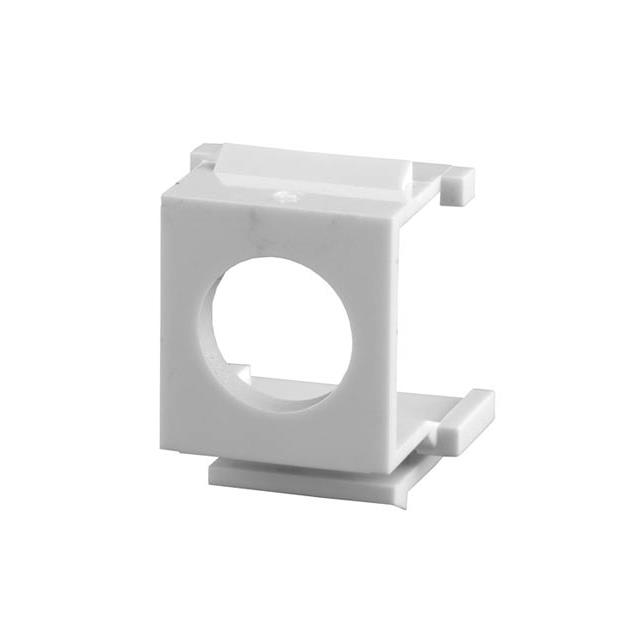


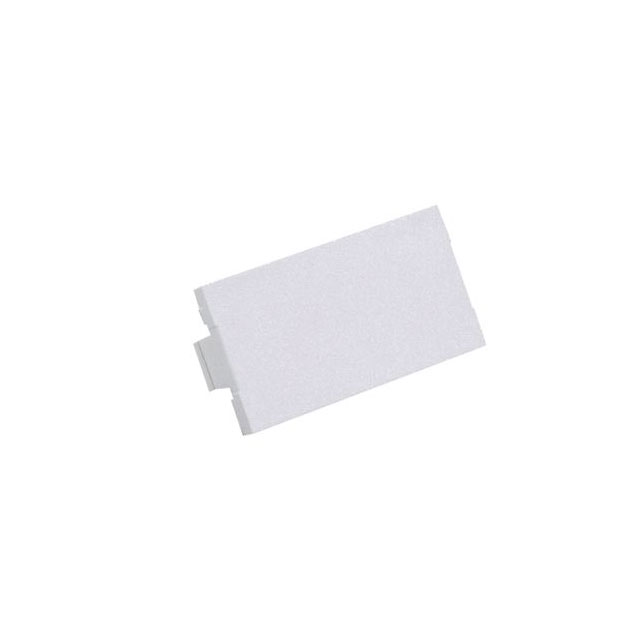
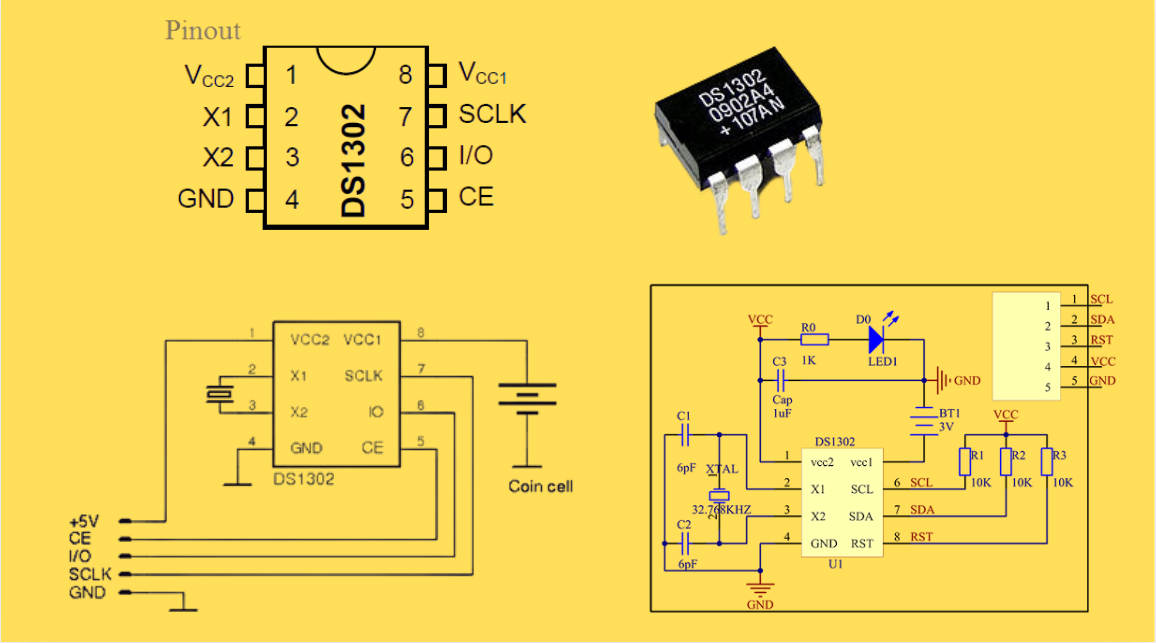

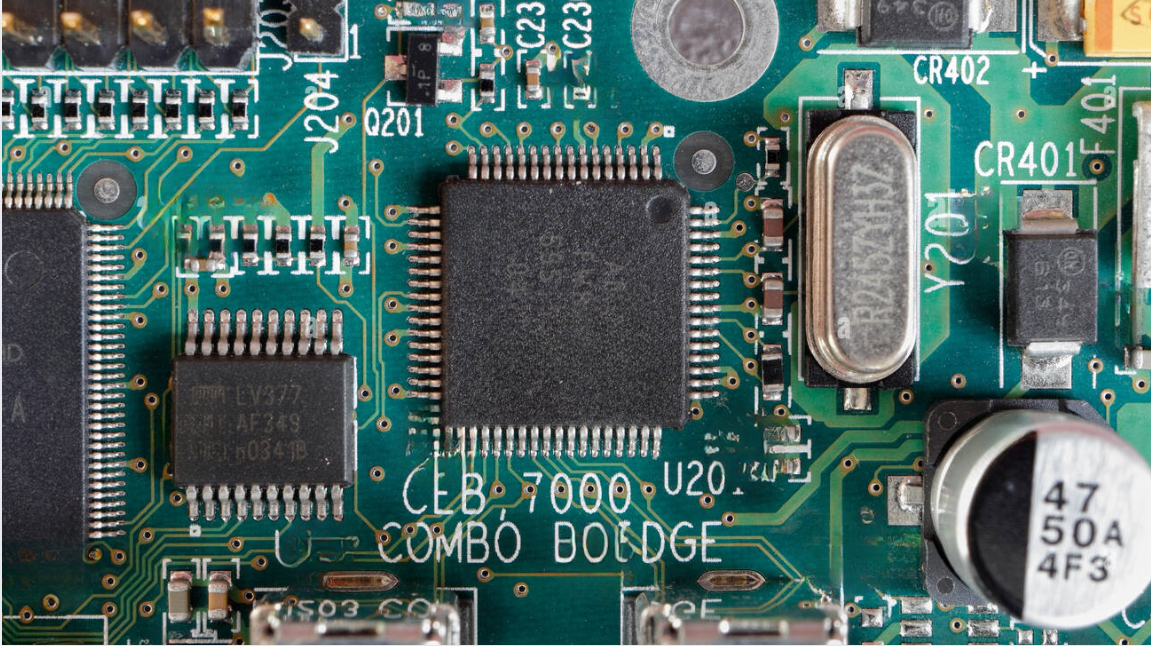
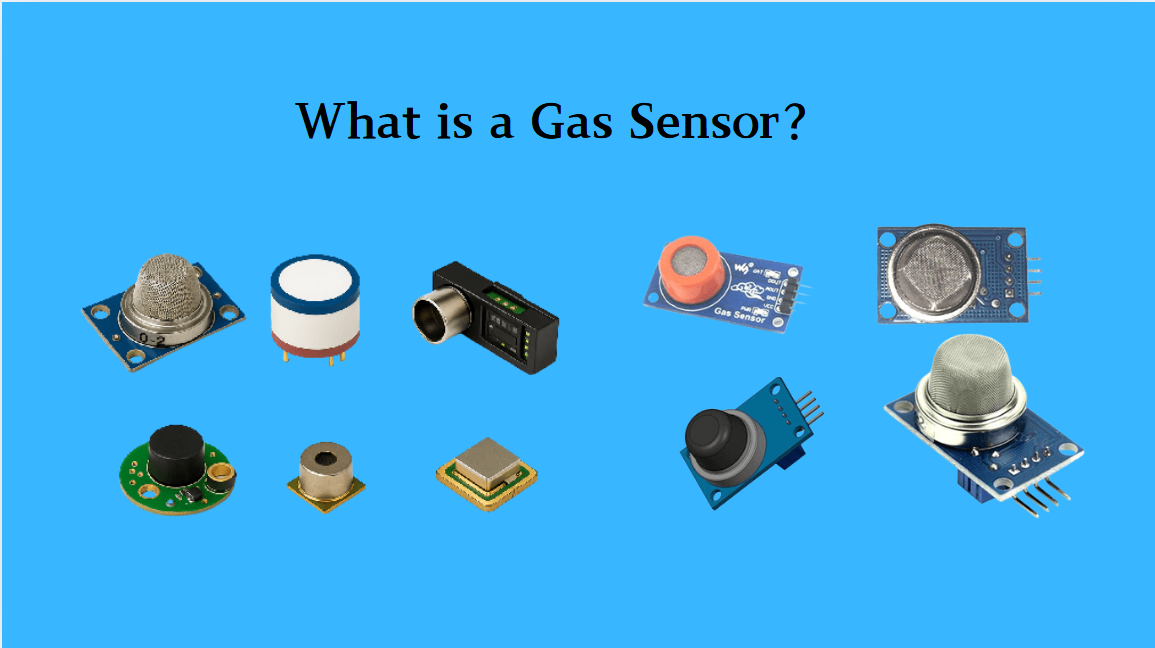

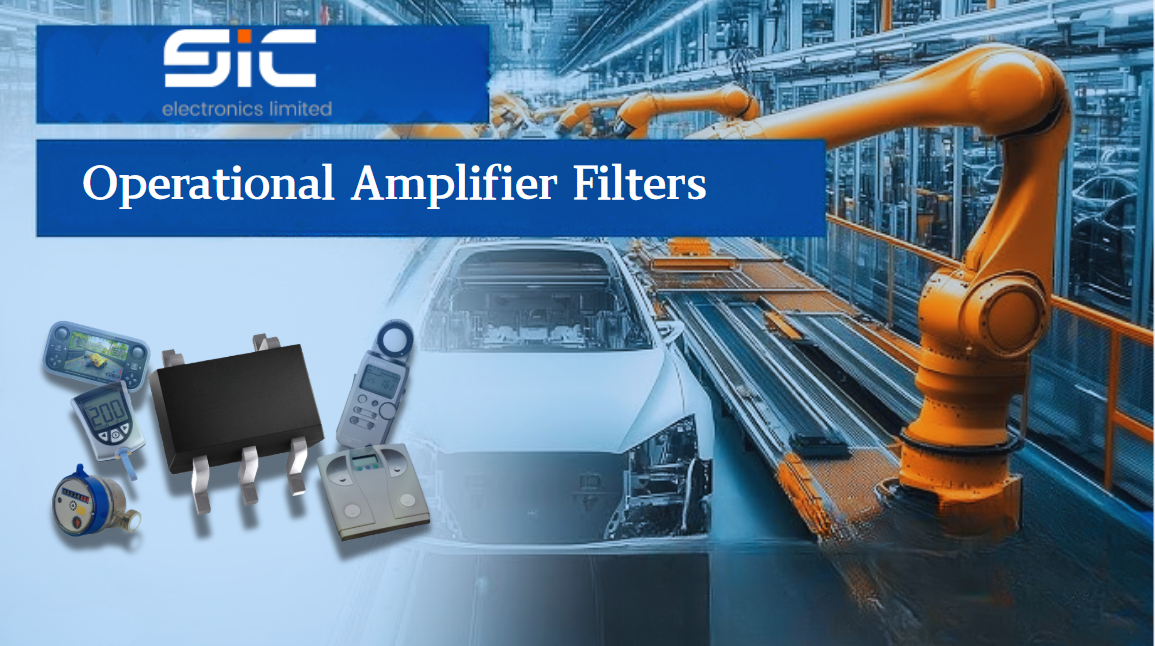
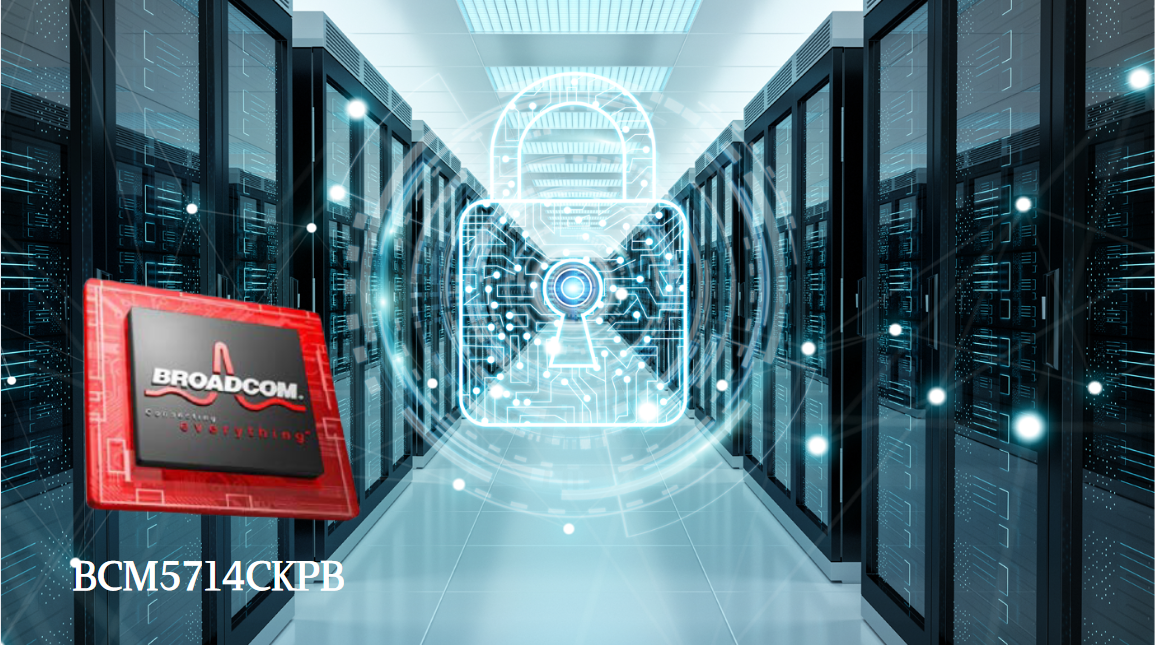
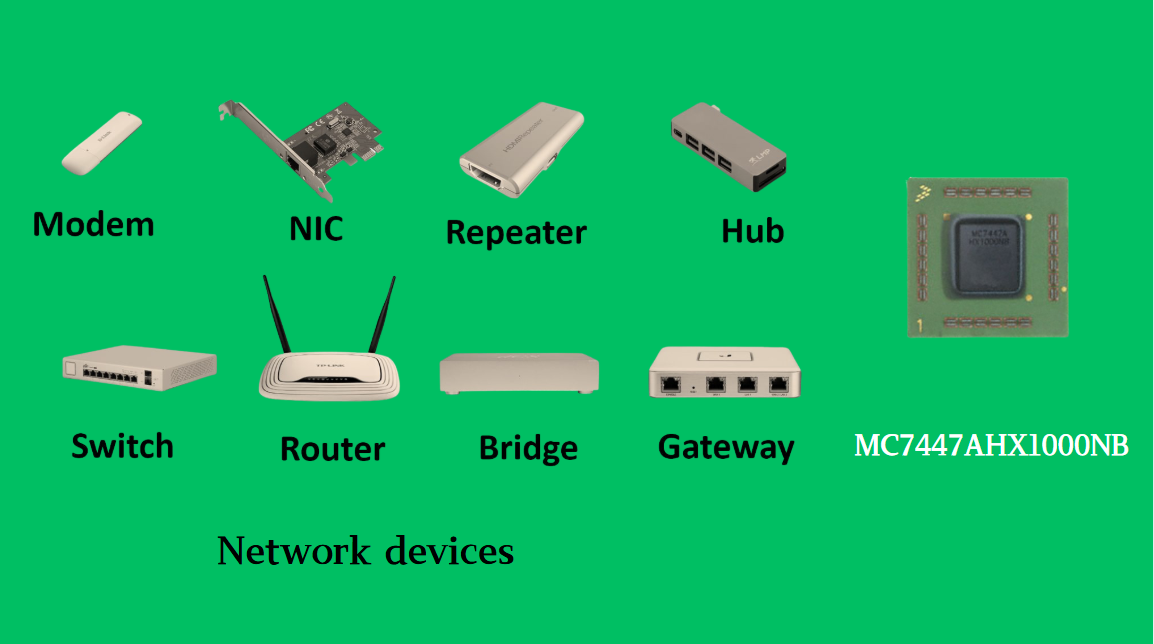
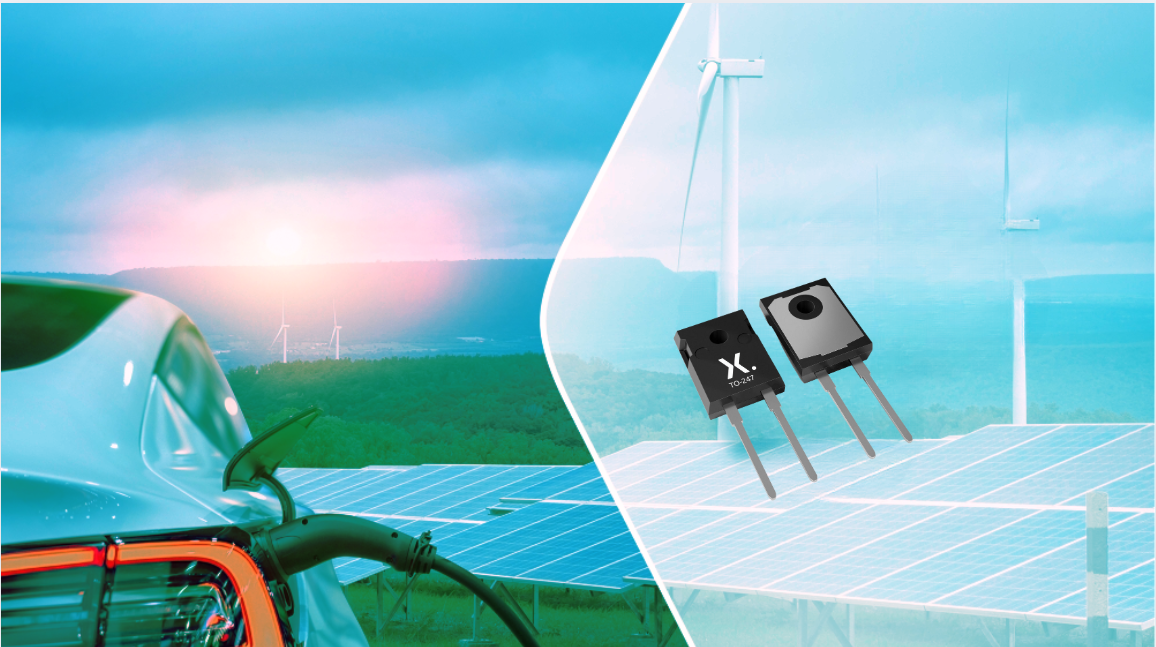
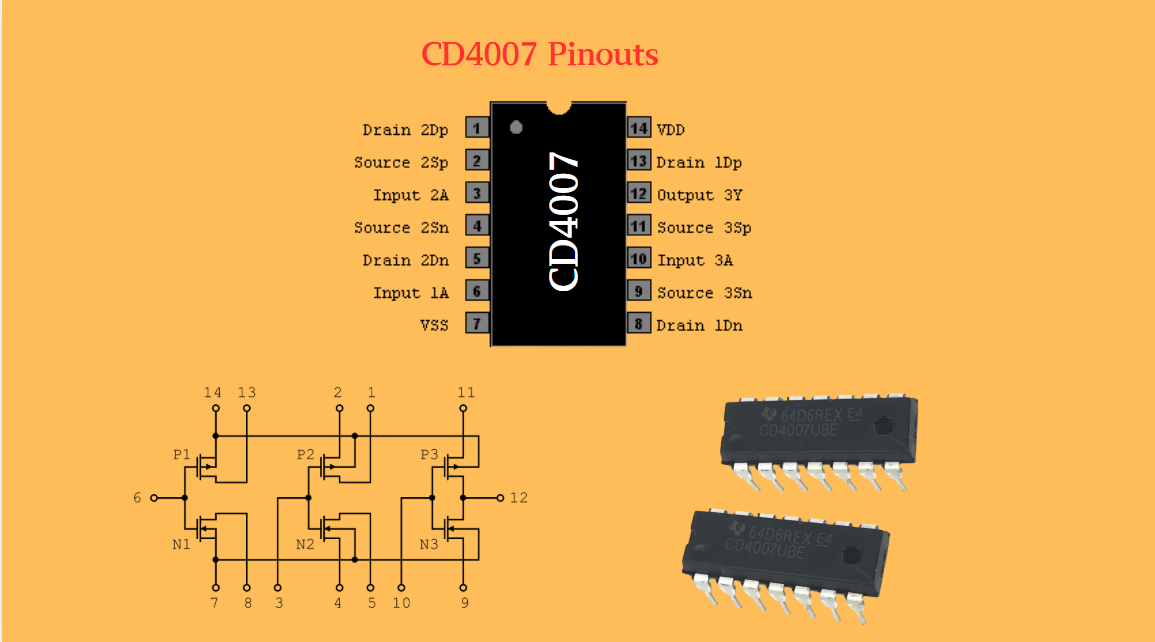
 Wishlist (0 Items)
Wishlist (0 Items)